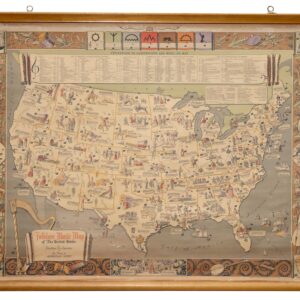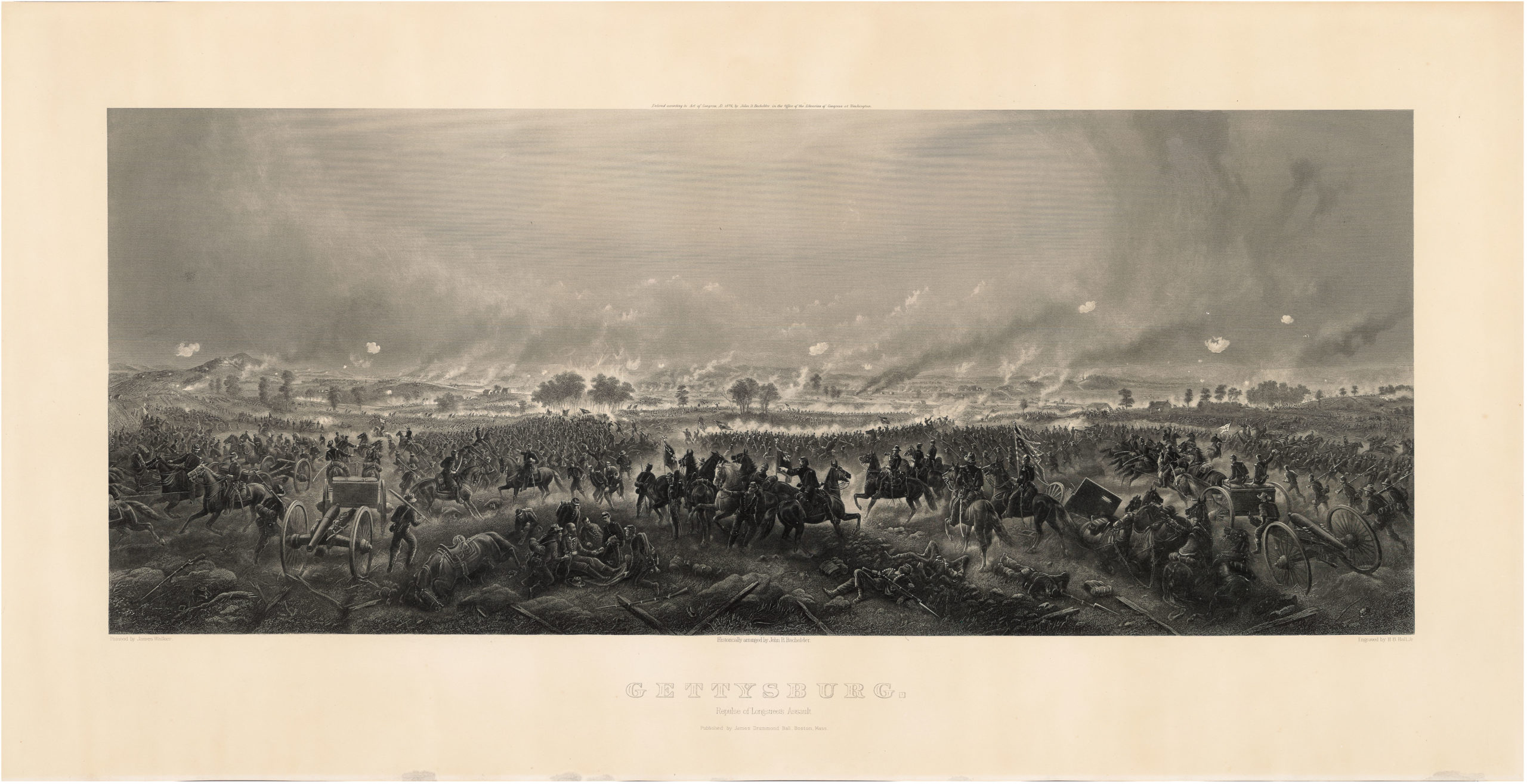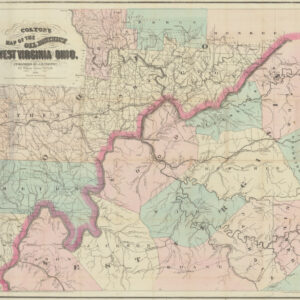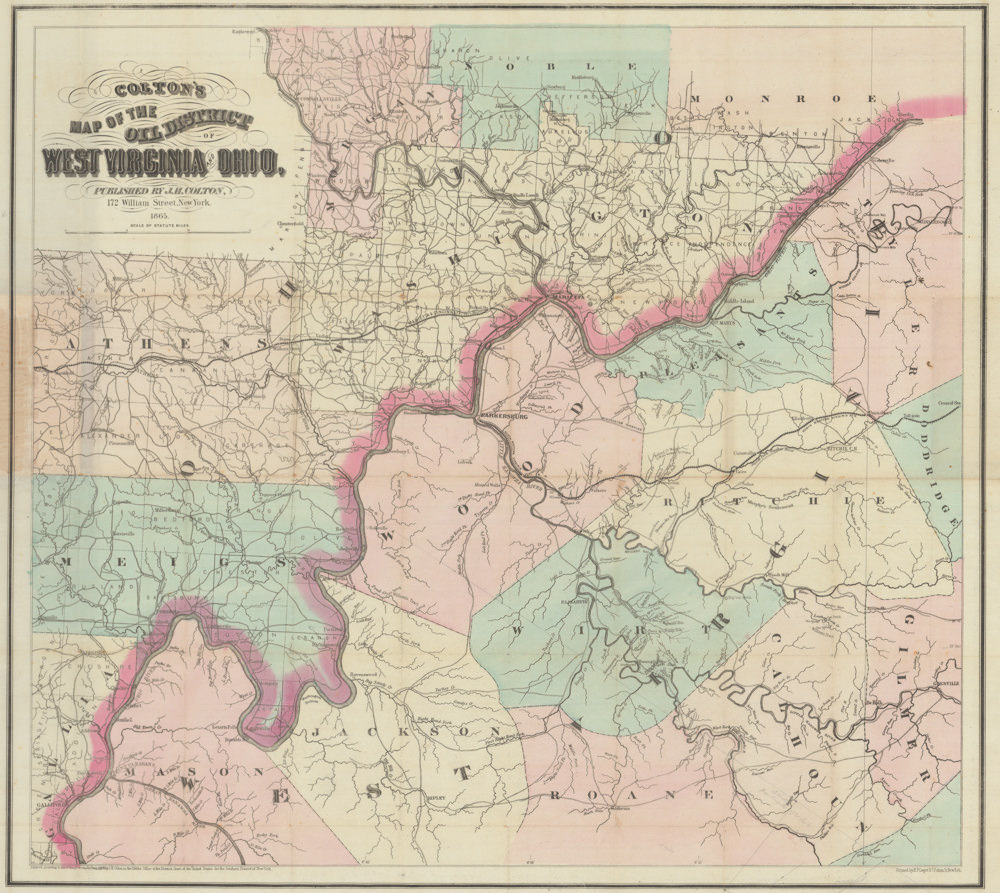Brué’s landmark map of the West with the Republic of Texas — first use of ‘Texas’ in the title
Carte Nouvelle du Mexique du Texas et d’une Partie des Etats Limitrophes
Out of stock
Description
A rare and very important map of the American Southwest, including California, Mexico, and Texas. This edition of Brué’s landmark map, initially published in 1834, is of great significance because ‘Texas’ was added to the map’s title. This state of the map is also noteworthy because of a variety of cartographic additions, such as Texan railroads as well as many new towns and a new depiction of the Great Basin as published by John Arrowsmith in his famous map of British North America of 1837.
Of interest are a series of notations found throughout the map that provide geographic and political information. For example, the map delineates the limits of the Washington Treaty of 1819, also referred to as the Adams-Onis Treaty, in the Oregon Territory at the 42nd parallel. The Adams-Onis Treaty was an agreement between the United States and Spain in which the latter ceded Florida and established a boundary west of the Mississippi that allowed the United States access to the Pacific. It should noted, however, that the area of the Pacific Northwest on Brué’s map is referred to as New Albion, a direct reference to the competing English claims to the Pacific Northwest region following the travels of Sir Francis Drake in 1579.
It is the reference to Texas in the Adams-Onis Treaty that is of particular significance to this map. With this agreement, the United States relinquished its claims to Texas and upon the Treaty’s ratification in 1821, Texas was transferred from Spain to Mexico. However, the Mexican province of Texas eventually revolted and declared itself the Republic of Texas in 1836, with the United States recognizing it in 1837.
It is this political context that renders Brué’s addition of Texas to the map’s title important. Not only had Spain and Mexico refused to recognize Texas independence, but Great Britain was also reluctant to follow in the footsteps of the United States. France, however, began the process of official recognition of the new Republic of Texas as early as September 1839, less than a year prior to the publishing of this map. Thus the political issues relating to international recognition of Texas was an element that was of concern as to how Texas was to be depicted cartographically.
The Republic of Texas is shown in its smaller configuration along the Nueces River. A growing network of roads and wagon trails are depicted from the Red River to points south, and numerous settlements are named, including San Antonio de Bexar, San Felipe de Austin, Houston, Nashville, and Matagorda, to name a few. The map makes note of a Mexican Garrison just north of Tenoxtitlan and also shows two very early railroads connecting Galveston Bay to Columbia and Washington to Fort Monticello.
The map is also of interest because it delineates the areas populated by different native communities. For example, the districts of the Mandans, the Osages, and the Ozarks are all depicted, as are areas under Sioux and Pawnee influence. Furthermore, it has been argued that substantial explorations of the area from the Rocky Mountains to British North America to Mexico, as well as from the Missouri River all the way to the Pacific had been undertaken by individuals involved in the fur trade, such as famous ‘Mountain Man’ Jedidiah Smith, between 1823 and 1840. The map depicts Smith’s travels in the Great Basin region, showing his route with a solid line from just south of Lac Teguayo (Great Salt Lake) southwest to approximately San Diego, north to R. Wimmelche near the San Joaquin River, and east back to Lac Teguayo, crossing over Mt. St. Joseph (Lassen Peak in northern California) along the way. Wheat describes the first edition of this map as “one of the foundation stones of western mapping,” for “it was the first attempt to show the route of Smith’s magnificent trek.” In addition to Smith’s route, the map shows the mythical Lac Timapanogos connecting to the Multnomah River and presumably on to the Pacific Ocean.
The map is adorned with two inset maps of the Mexican East Coast near Vera Cruz, and the Yucatan including parts of Central America. It is surrounded by a decorative, keyboard-style border that indicates longitude from Paris along with Picquet’s engraved and embossed seal to the right of the title cartouche.
Cartographer(s):
Adrien Hubert Brué (1786-1832) was a French cartographer active in the 18th and 19th centuries. He was born in Paris on March 20, 1786, and died of cholera on July 16, 1832, in Sceaux.
In his youth, Brué served as a cabin boy on various ships, including aboard the Naturaliste, which was part of the Baudin expedition (1800-1804) to the South Seas and New Holland (Australia). Upon his return, he began producing maps for a grand atlas, published for the first time in 1820. A new and better atlas was issued in 1830, the same year he was appointed Royal Geographer.
Brué’s production included various atlases and unique maps, all of which were recognized for the purity of the engraving and the accuracy of the information. His main work, the Atlas universel was expanded multiple by him and Charles Picquet (whose stamp is found on most of Brué’s maps). Among the many aspects that elevated Brué above his peers was the. The fact that he drew his maps directly onto copper plates, a process which he named cartel end prototypes.
Condition Description
Minor wear.
References
Wyckoff, W., Dilaver, L. The Mountainous West: Explorations in Historical Geography.






